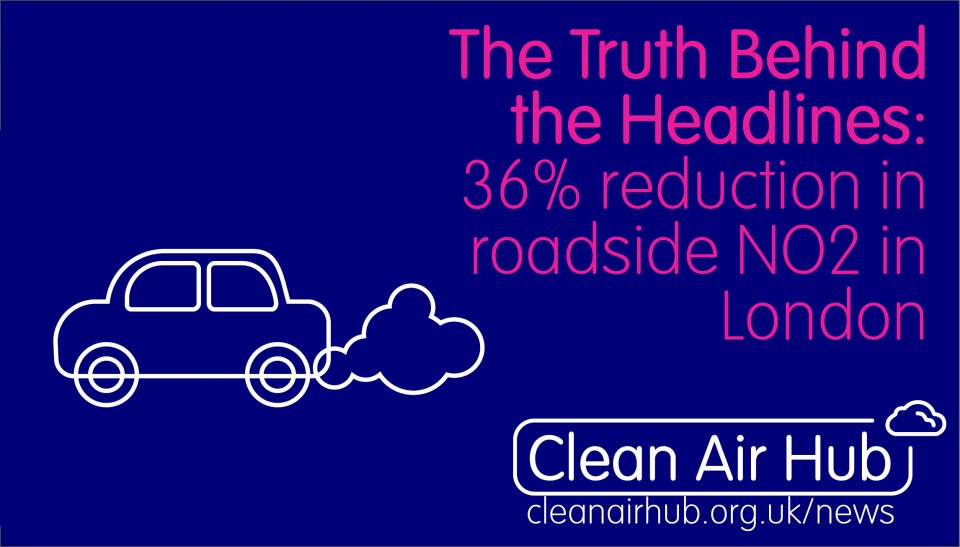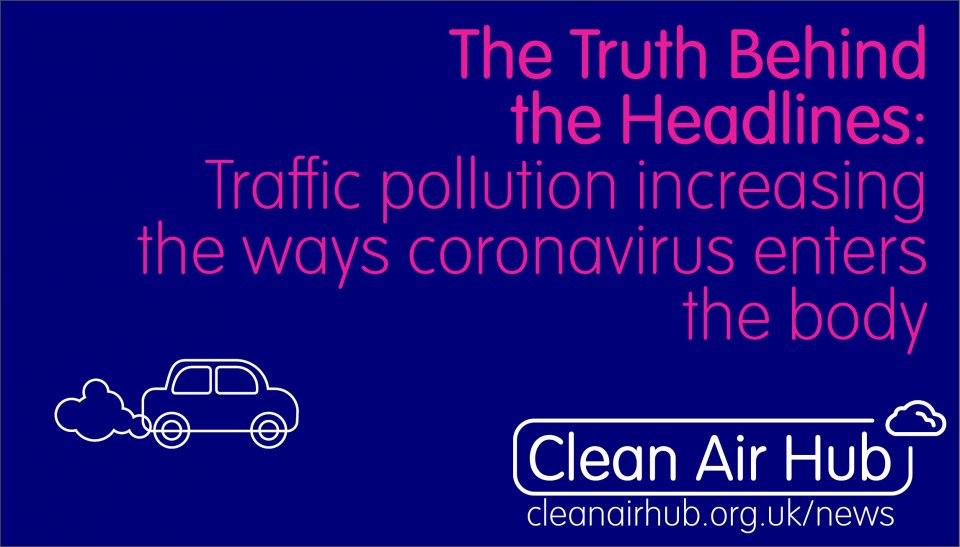News & Stories
The media are highlighting a recent study from the University of Utah that is the first of its kind, that explores the impact of air pollution on people experiencing homelessness. One article claims that air pollution disproportionately impacts homeless people.
Multiple articles highlight the importance of the study noting that individuals experiencing homelessness are everywhere, in every major city across the U.S., but they aren’t nearly as talked about. In fact, they are often ignored, including by scientists and researchers.
The reporting states that researchers found that 89.1% of the homeless they interviewed reported seeking medical attention for a condition related to poor air quality.
The article also notes that contrary to their hypothesis the researchers didn’t see a clear definition between individuals sheltered versus unsheltered having better health.
Using our recommended five tips, Global Action Plan reviewed the study:
| Questions to ask to get to the truth | Our response |
| 1. Does the article refer to a report to back up its claims? |
The article refers to a study Air Pollution-Related Health Impacts on Individuals Experiencing Homelessness: Environmental Justice and Health Vulnerability in Salt Lake County, Utah published in the International Journal of Environmental Research and Public Health. |
| 2. Who is behind the study it refers to? |
Research was completed by scientists from the University of Utah. |
| 3. How fantastical and radical is the claim that is being made? |
The headline that air pollution disproportionately impacts homeless people was not substantiated by the study which does not seek to compare the exposure of those experiencing with homeless with those not experiencing homelessness.
The statistics in the report are accurate to the study. The researchers completed semi-structured interviews and used corresponding state-based service provider databases to understand when individuals had access to shelters and how long they had been experiencing homelessness. This allowed the team to determine whether the type (sheltered and unsheltered) and duration (chronic and nonchronic) of homelessness impacted how their health was affected by air pollution. |
| 4. What geographical region does the claim refer to? |
Salt Lake County, Utah, USA. |
| 5. What is the sample size of the study? |
The team interviewed 138 individuals experiencing homelessness. |
Want to talk to us about any of our projects? Please get in touch with us here.



_960.jpg)




